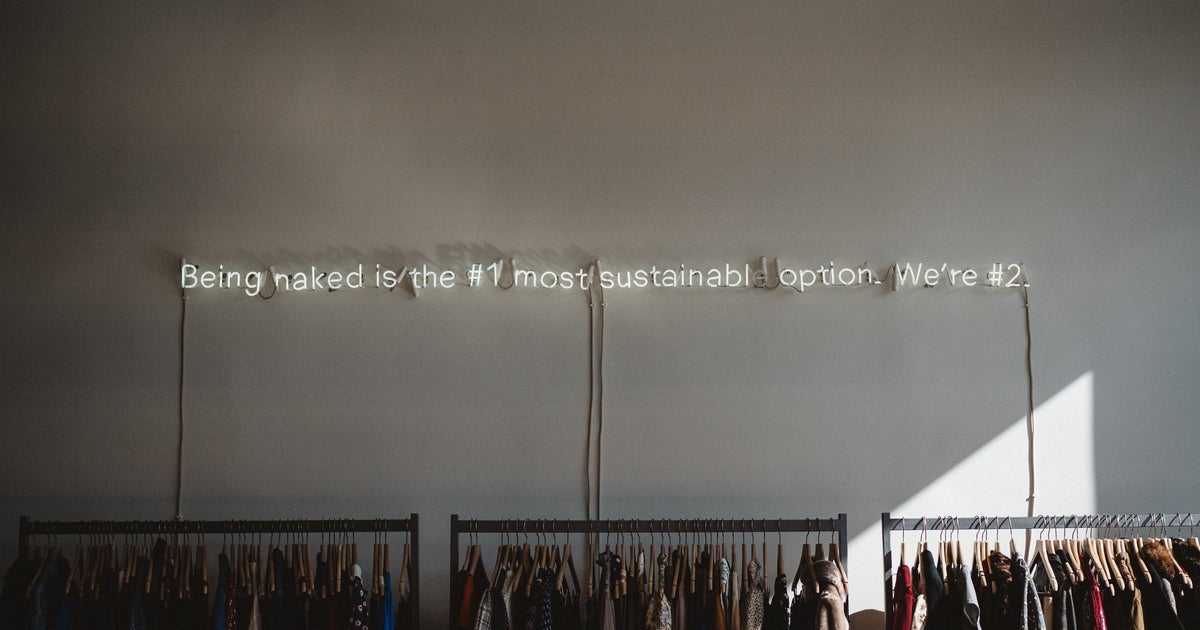The opinions expressed in this article are the writer’s own and do not reflect the views of Her Campus.
This article is written by a student writer from the Her Campus at UPR chapter.
Growing up, I’d always admire the glamor of fashion, and The Devil Wears Prada was the blueprint for me. Fashion is an aid to build up our confidence and allows self expression, as it is an instrument to show how we want to be perceived with self assurance. Its trends can fluctuate between seasons or just a few weeks, and I hate to admit I’ve succumbed to them at some points.
The fashion industry is recognized as one of the most influential around the world and for its globally big consumption rates. The production of fashion has a high demand for natural resources, fertile land for different material fibers, and manual labor. This all includes the high usage of water which can be contaminated by chemicals and the production of certain fabrics, such as polyester, that are detrimental to the environment. If sales keep going up, there is a higher demand for new products and the inevitable discard of old pieces of clothing, which are terrible for our ecosystem long term.
Fast fashion really creeps up on you; it’s everywhere in the media, stores and on TV. Although we all know how difficult it is to follow the ethical side of this dilemma, it is also too easy to buy clothing online; and fast fashion’s best hook? Financial accessibility. Reality is that most people want to keep following trends, and get new clothes for certain occasions because it’s part of our identity. It makes us feel good even though it can draw a line towards overconsumption. Media and marketing strategies want to make people want more, and feel the need to replace their closet around short periods of time, and with very reasonable prices. It is a vicious cycle designed to trap you to get those feel-good brain chemicals. Its dopamine hits less and less, especially with the rise of marketing through social media, such as Tiktok and Instagram (even the famous Pinterest boards, which I have many of).
What can we do to stop this cycle that is founded upon the unethical, unpaid, and harsh manual labor of people and children from other countries that is terrible for the environment? First, inform ourselves of what we can do. We can’t expect to be Greta Thumberg and change the world in drastic ways, history wasn’t made like that, but we can try out small things. For example, being more thoughtful with our purchases, take things influencers say with a grain of salt and not as a bible we must follow, and not be too hard on ourselves either. I’d be a hypocrite if I didn’t admit to sometimes falling into this trendy hole of Pinterest ideas It happens time and time again because the marketing is made to trick us.
On the other hand, ethical and slow fashion is beautiful, unique, and it adds a statement to every outfit. Although slow fashion’s cost is higher, it’s not as likely for it to be unethical and accessible because the industry is not designed this way. Yet, it’s important to always follow and support the people who are trying to do better and still be creative. This includes the creative trend of thrifting and upcycling in fashion, browsing vintage shops,—which I adore—and being more selective on which people present not only a product but a story behind it. I cherish so much the artistry in handmade products with positive stories, and they can also follow trends so you won’t get left behind.
Lastly, brands are gearing their objectives towards more awareness of how the products are made. You can check out this article from Vogue that explains how in 2024 there have been new methods implemented in the industry! Being eco-friendly is not what we envision when we say “let’s buy an outfit to go out,” but it will make you, and our planet, feel better.


